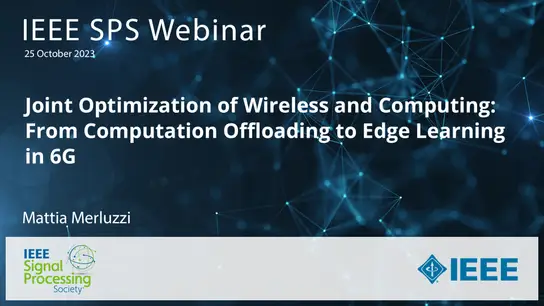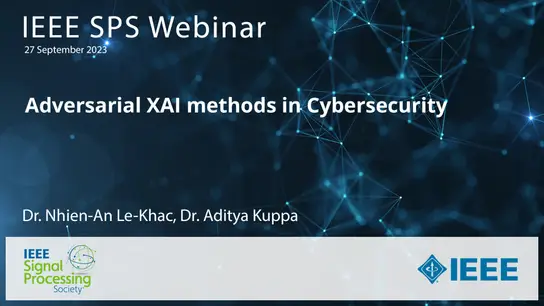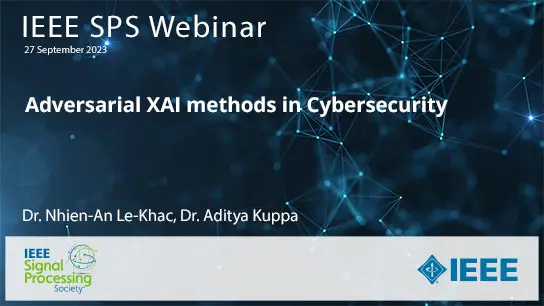WISHART LOCALIZATION PRIOR ON SPATIAL COVARIANCE MATRIX IN AMBISONIC SOURCE SEPARATION USING NON-NEGATIVE TENSOR FACTORIZATION
Mateusz Guzik, Konrad Kowalczyk
-
Members: FreeSPS
IEEE Members: $11.00
Non-members: $15.00Length: 00:05:39
10 May 2022
This paper presents an extension of the existing Non-negative Tensor Factorization (NTF) based method for sound source separation under reverberant conditions, formulated for Ambisonic microphone mixture signals. In particular, we address the problem of optimal exploitation of the prior knowledge concerning the source localization, through the formulation of a suitable Maximum a Posteriori (MAP) framework. Within the presented approach, the magnitude spectrograms are modelled by the NTF and the individual source Spatial Covariance Matrices (SCM) are approximated as a sum of anechoic Spherical Harmonic (SH) components, weighted with the so-called spatial selector. We constrain the SCM using the Wishart distribution, which leads to a new posterior probability and in turn to the derivation of the extended update rules. The proposed solution avoids the issues encountered in the original method, related to the empirical binary initialization strategy for the spatial selector weights, which due to multiplicative update rules may result in sound coming from certain directions not being taken into account. The proposed method is evaluated against the original algorithm and another recently proposed Expectation Maximization (EM) algorithm that also incorporates a spatial localization prior, showing improved separation performance in experiments with first-order Ambisonic recordings of musical instruments and speech utterances.



